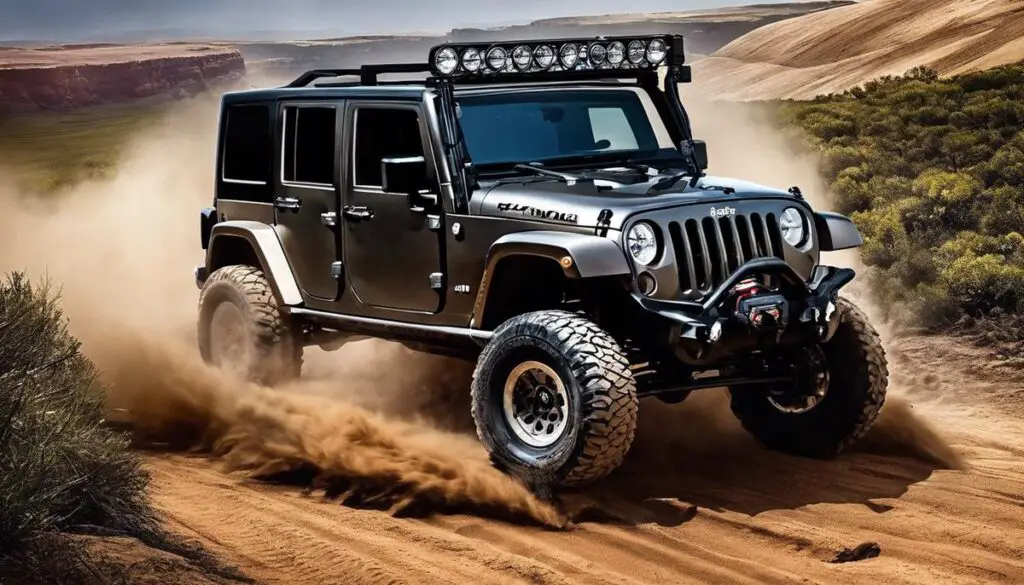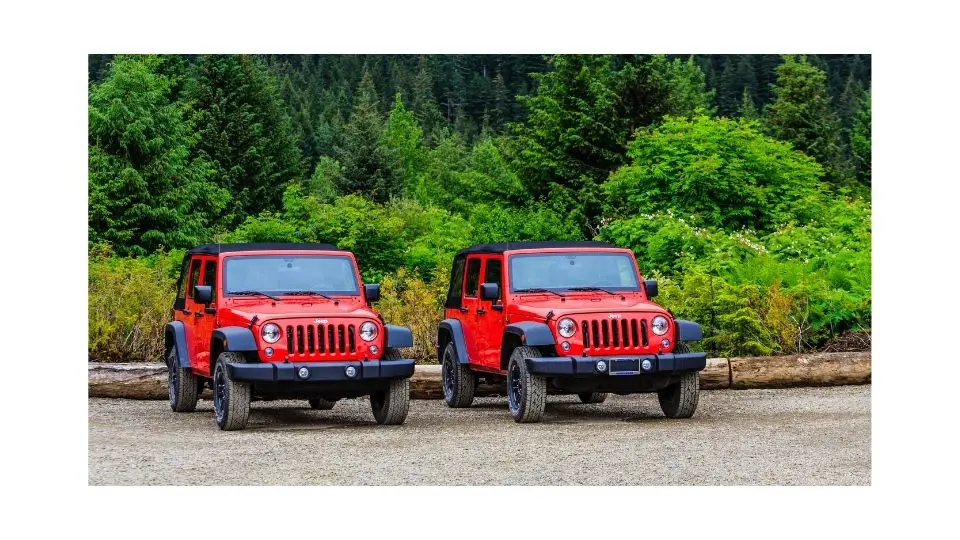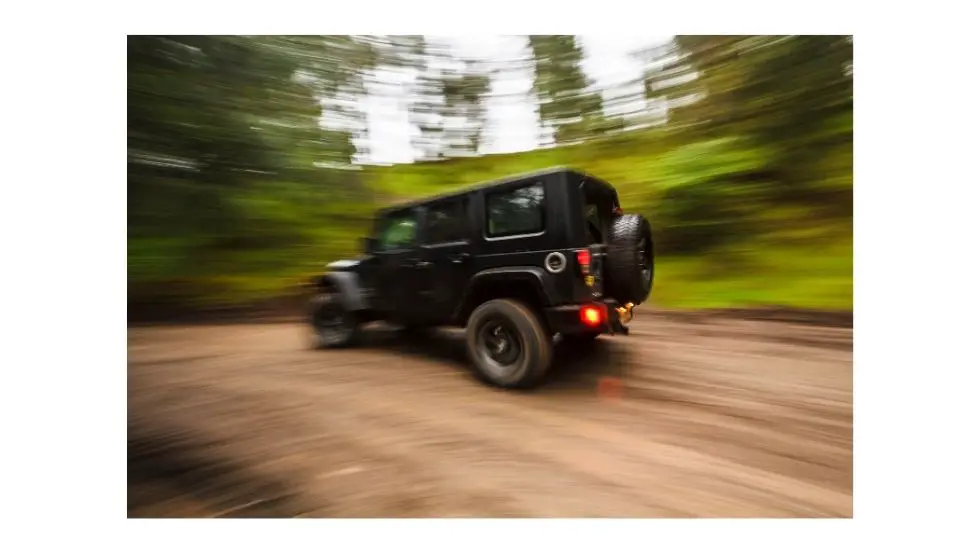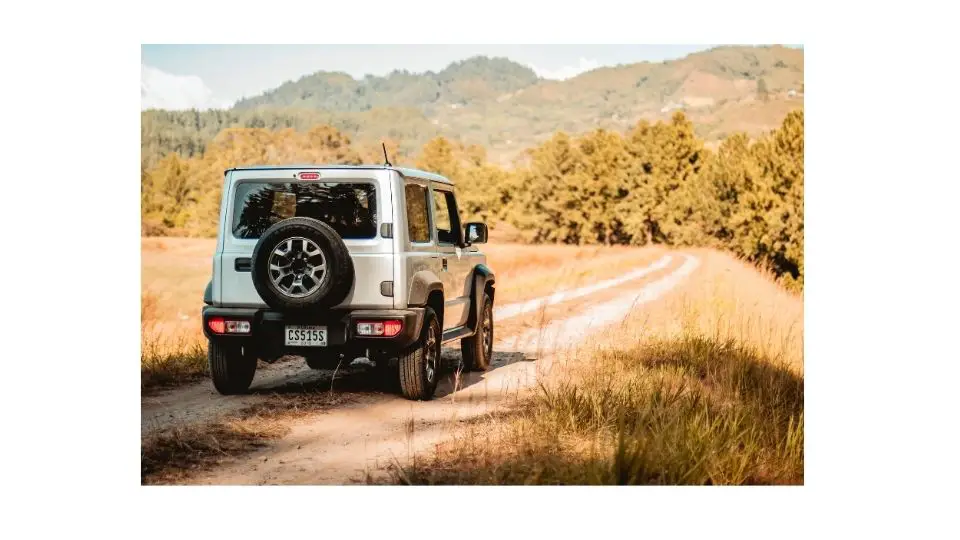Adventuring off-road with a Jeep can be an exhilarating experience. However, to suitably tackle those challenging terrains, understanding how to effectively utilize the 4-wheel drive system is key. This can drastically boost your off-road capacity, taking your off-roading experiences to new heights. In this guide, we’ll begin by exploring the integral role and advantages of the 4-wheel drive system in augmenting your off-road adventures. We’ll then move on to identifying and familiarizing ourselves with the crucial transfer case shifter, a primary control in engaging 4-wheel drive. Ultimately, we’ll dive into a step-by-step procedure to safely and accurately implement the 4-wheel drive system in your Jeep, thereby enhancing your off-road proficiency.
Understanding the 4-Wheel Drive System
Exploring the Charm of the 4-Wheel Drive System in Jeeps
Adventurers and off-road enthusiasts worldwide can’t resist the potent allure of the iconic Jeep, with its rugged styling and reputation for handling the world’s most challenging terrains. A significant portion of the Jeep’s charm comes from its notorious 4-wheel drive (4WD) system, a mechanical marvel that quite literally puts the power in the hands of the driver. So, let’s dive in and explore the nitty-gritty of the Jeep’s 4WD system.
The underpinnings of the 4WD system lay in its ability to distribute power to all four wheels simultaneously, as opposed to regular front or rear-wheel-drive systems that power two wheels. This system delivers supreme traction, guiding the vehicle with exceptional stability and control, particularly vital when navigating challenging off-road trails or enduring inclement weather.
Jeep goes above and beyond with its advanced 4WD systems. The entry-level option, typically found in the Jeep Compass, is the active full-time Freedom Drive I. This system continually engages and adjusts itself, directing power to the wheels that need it the most. Ideal for casual off-roading, it boosts performance by enhancing control and balance.
On the other hand, the Freedom Drive II adds a “low range” mode that locks the drivetrain in 4WD mode for serious off-roading, meant for rock crawling and mudding or when the path less traveled seems like the only fun option. It’s mostly found in Jeep vehicles like the Patriot.
For hardcore off-roaders, Jeep offers the mighty Selec-Terrain and Rock-Trac 4WD systems. This involves a dial that selects the vehicle’s performance parameters, adjusting throttle control, traction control, and transmission shifts based on the terrain type, be it snow, sand, rock, or mud. Equipped in models like the Jeep Cherokee and Wrangler, these systems signify the epitome of off-road prowess.
The Rubicon, a grizzled war veteran in the Jeep lineup, utilizes the Rock-Trac 4WD system with Tru-Lock electronic-locking front and rear differentials and an electric front sway bar disconnect. Aimed squarely at off-road enthusiasts who deal in slopes, rocky terrains, and deep river crossings, this system is the holy grail of 4WD systems.
So, the next time you find yourself behind the wheel of a Jeep, remember that you’re commanding more than just a machine. You’re wielding a marvel of engineering, built on decades of off-road dominance and designed to conquer whatever lies ahead. With each turn of the dial or push of the button engaging the 4WD system, you draw from the wealth of adventure heritage that Jeep proudly embodies.
And there you have it – a dive into the depths of the four-wheel-drive system that gives a Jeep its robust heart. It’s a mesh of gears, dials, buttons, and mechanics that fervently propels you forward on your wildest adventures. Whether you’re a seasoned off-roader or a newcomer to the game, understanding this system is undeniably part of the epic Jeep experience. So, buckle up, and here’s to conquering unknown terrains and fueling your sense of adventure with your Jeep’s 4WD prowess.
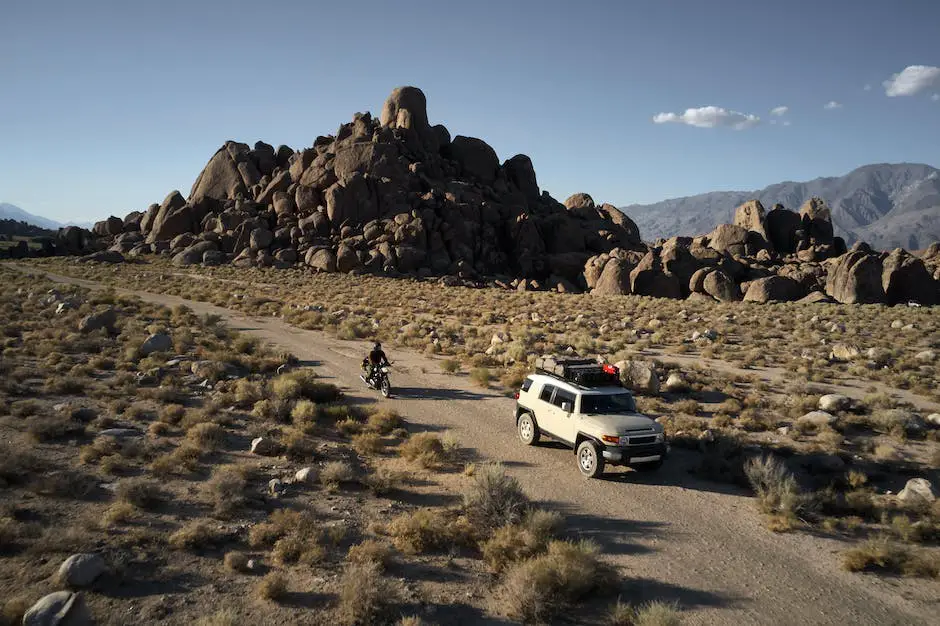
Locating the Transfer Case Shifter
In the pursuit of the ultimate Jeep experience, it’s essential to keep every function of your Jeep in tip-top shape and ensure it’s working in perfect harmony. Now, having covered the various facets of the popular 4WD systems in Jeeps, we’ll delve into an equally intriguing aspect – the transfer case shifter. This particular component plays an immense role in the overall magic of the four-wheel-drive experience.
Commonly referred to as the T-case shifter, it mostly resides tucked away on the floor between the driver’s and passenger’s seats. More specifically, it is found just to the right of the transmission shifter in most Jeep models, resembling a smaller version of the main gear stick.
The transfer case shifter’s primary role is to engage or disengage the power sent to the front axle, thereby allowing the drive system to switch between 2WD and 4WD modes. In other words, it’s this small but mighty tool that places the off-road versatility of a Jeep in the hands of the driver, enabling those iconic wilderness adventures.
Locating the T-case shifter isn’t a complicated task even for novices. Generally, it’s typically labeled with 2H, 4H, N, and 4L markings in a vertical line. These labels refer to 2WD High, 4WD High, Neutral, and 4WD Low respectively. Hence, any Jeep owner can effortlessly navigate their way to the transfer case shifter.
One noteworthy thing is that the location and appearance of the transfer case shifter may slightly vary from model to model, and year to year. Some modern Jeeps now have electronic shifters, replacing the classic manual shifters found in older models. Nonetheless, regardless of the model you have, truth remains that the T-case shifter is a fundamental piece of your Jeep’s 4WD system.
Understanding its function and location not only enables you to maximize your vehicle’s potential, but also significantly enhances your ability to tackle that rugged terrain that beckons every Jeep owner. The world of unchartered paths and landscapes waits for no one. Now that you know where to find your transfer case shifter, the power to conquer those off-road adventures lies right under the palm of your hands. Happy driving!

Switching to 4-Wheel Drive
Moving forward from the depths of Jeep’s designs and their worldwide fascination for making every ride thrilling, the purpose of this article is to guide enthusiasts on how to securely switch their magnificent Jeep into 4-wheel drive (4WD) mode. This transformation empowers your machine for that great off-road adventure awaiting you. Let’s not wait any longer, and dive straight into the process.
First things first, ensure your Jeep is functioning optimally. Getting the best out of your Jeep requires your vehicle to be in perfect shape, where every component is functioning as intended. From routinely changing the engine oil to properly maintaining the tires, each part of the Jeep contributes to its daring capabilities. Notably, the transfer case shifter plays a pivotal role in transitioning the Jeep into its superhero form – the 4WD mode.
The transfer case shifter, found as a separate lever or an electronic switch next to your regular transmission shifter, formalizes the necessary power transfer to the front axle. Ordinarily, the power from the engine is supplied to the rear axle. By invoking the transfer case shifter, the vehicle gets an equal distribution of power to all four wheels, an integral part of the 4WD system.
On the transfer case shifter, you will notice labels such as 2H, 4H, N, and 4L. These markings are not just decorative or fancy add-ons by Jeep. They represent the different drive options available in your vehicle. “2H” refers to two-wheel drive for high range while “4H” refers to four-wheel drive for high range, suitable for higher speed off-road conditions or slippery roads. The neutral “N” setting disconnects both axles from the drivetrain which comes in handy when flat towing your vehicle. Finally, the “4L” indicates four-wheel drive low range, a slower-speed setting best suited for extreme off-road situations.
Although the placement and design of the transfer case shifter may vary across different models, the functionality remains constant. The transition from manual shifters to electronic shifters in modern Jeeps is a testament to Jeep’s relentless pursuit of evolution and providing the best to its enthusiasts.
Undeniably, comprehension of the shift lever and its functions is the first significant step to maximize the potential of your 4WD system. Not only will it ensure optimal performance, but also prolong the longevity of your vehicle, making your every journey memorable and thrilling.
Remember, the world is your playground when in a Jeep, especially when you’ve harnessed the power of its 4WD system. The time to take the reins and explore the unseen, conquer the unknown, and create unforgettable adventures is now. Traverse the path less traveled, switch that 4WD on, and live the Jeep life, the experience that awaits is immeasurable.
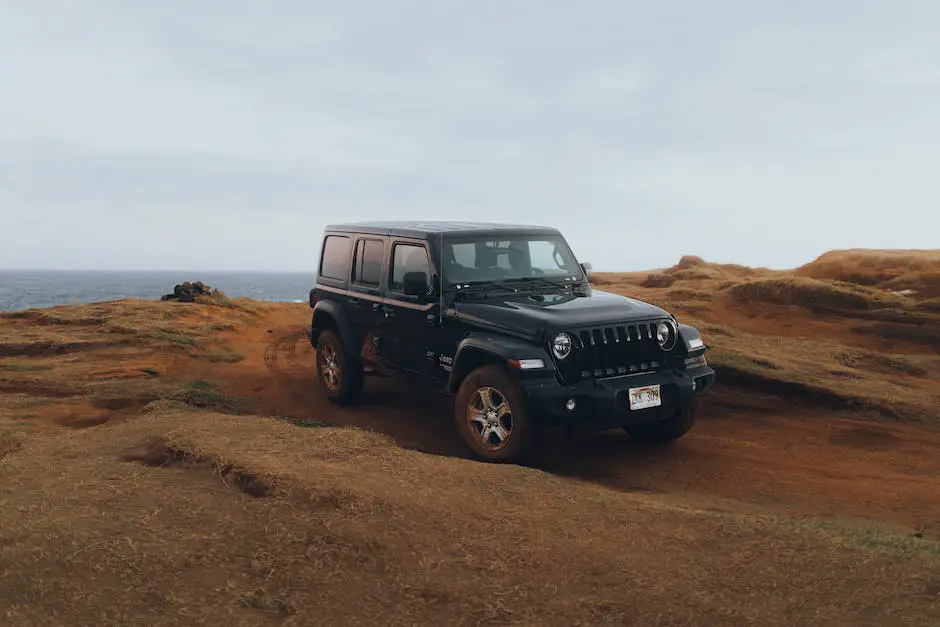
Mastering how to engage the 4-wheel drive system in your Jeep is instrumental in optimizing your off-road journeys. Armed with a clear understanding of the function and benefits of this system, coupled with knowledge of the transfer case shifter, you are well on your way to enhancing your off-road skills and enjoyment. The detailed steps provided will ensure you capably and safely negotiate any challenging terrain your Jeep encounters. Thoroughly grasping these aspects will ensure you can confidently engage your vehicle’s proficiency, rendering your off-road experiences nothing short of thrilling, while unfailingly maintaining safety and control of your Jeep.

